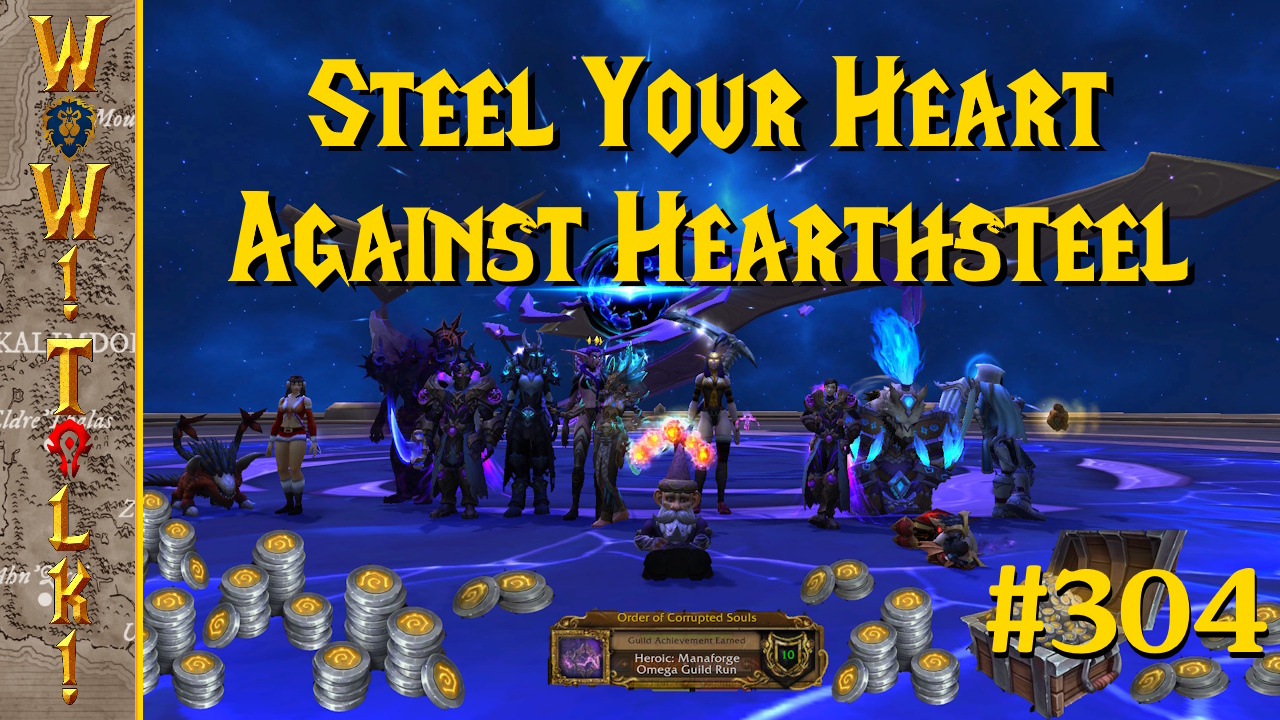
With game releases these days erring mainly on the side of conventional shooters and fantasy roleplaying games, it’s easy to get your attention stolen away when something markedly different comes along. For those out there following the development (or MTB’s coverage) of Atlus’ Catherine, they’ll undoubtedly understand just how much the strange romance/puzzle game stands out in the crowd and its inherent appeal. While every other protagonist in the gaming world is out there to save the world from terrorists or alien hordes, players in Catherine must negotiate a difficult love triangle and a massive puzzle tower in a desperate bid for survival. What results is easily one of the most interesting and unique experiences of the year, even though it may fall short of expectations when it comes to its core mechanics.
Those unfamiliar with the plot of Catherine are likely to raise a confused eyebrow. The story goes as such: Vincent Brooks, a 32 year-old programmer, is in a long-term relationship with his girlfriend, Katherine. Under pressure to commit and settle down by his extraordinarily patient (and somewhat bossy) lover, Vincent ends up becoming entangled in a second romantic relationship with a young woman also named Catherine (that’s with a ‘C’). If this weren’t bad enough, a series of mysterious deaths appear to be linked to the horrible dreams Brooks has begun to experience every night. Sleep brings only nightmares – nightmares in which the player must guide Vincent up a series of block-tower puzzles where night terrors actively pursue him and talking sheep give expert advice.
The game follows the events of Vincent’s life over the course of a week as he deals with his love life situation and his nightly trials. Most of the game takes place in either one of two locations: the Stray Sheep, the local bar which Brooks and his friends frequent, or the nightmare realm. During the daytime, Catherine’s plot unfolds as new twists and turns further complicate the protagonist’s relationships. At the end of each day, players control Vincent as he talks to friends and other patrons in the Stray Sheep. Dialogue options are common but pretty linear: each response in Catherine contributes to one side or the other of a meter measuring Vincent’s inclination. Each decision will move the meter to the blue or red, the two colors respectively measuring a lawful or chaotic disposition. Dialogue choices not only ultimately impact the fate of certain characters, but also Vincent’s inclinations in his love life and the ultimate outcome of the story.

Although the Stray Sheep contains a few other distractions such as a jukebox or faux-arcade game (Rapunzel), the bulk of the gameplay is mostly focused in the nightmare realm. Every night, Vincent is forced to scale the aforementioned tower of trials and clear a series of stages before progressing to the next day. Each foray into the dream world takes place in a different location and brings in new traps and obstacles as well. Stages are separated by landings which allow the player to take a quick break from the puzzles to engage in conversation with the sheep – other men trapped in the nightmare. During these conversations, the player is introduced to new techniques for tower climbing and can give advice or feedback to the other climbers, furthering his law/chaos standings. Evenings conclude with boss encounters, each one embodying one of Vincent’s real life fears and climbing the tower after him.
Although the plot and game progression are very interesting and wholly different from anything else out there, the actual gameplay errs a bit on the derivative side. At its heart, Catherine really boils down to a very simple block-sliding puzzle. Progressing through the tower takes a good eye and quick thinking lest the player become trapped or fall off and meet a gruesome end. Each stage introduces new block types, such as trap blocks which shoot spikes or bomb blocks which can destroy entire paths, and the real challenge comes from learning to deal with these obstacles. The title’s difficulty is reportedly toned down from the reputedly brutal Japanese version, but the tower can still be pretty tough at times, especially in the latter half of the game. Fortunately, players who play on either the normal or easy difficulty settings can hit the select/back button to undo the last several moves should they mess up.
While the nightmare portions of Catherine are less inspired than Vincent’s waking life, this is not the say they aren’t enjoyable. Tower climbing is often frantic and at times even overwhelming, particularly when barely staying ahead of the bosses as they lunge after Vincent. Each stage awards the player a trophy for completing levels quickly and with as many points as possible, and these trophies in turn unlock additional features such as songs on the Stray Sheep’s jukebox or extra levels in the game’s Babel mode (a puzzle-only trials option). Striving for perfection can be a bit addictive; this reviewer in particular spent over two hours in a single boss stage trying to get the gold prize. Puzzle game fans will likely enjoy their time in Vincent’s nightmares, even though the challenges may be a bit rudimentary in design.

Unfortunately the puzzles are further complicated with some awkward control issues and often useless camera. While tackling the tower’s many stages, players will often need to resort to hanging off blocks and shimmying along the edges of the tower. In a rather odd design choice, the controls are actually reversed should the player need to grip along the back of the tower. Even while keeping this fact in mind, players will likely find themselves panicking in later levels and run into a few “game over” screens while fighting the controls. At the same time, the game’s camera absolutely refuses to allow the player to rotate the view around the tower. The game’s second half has a lot of moments where blocks are stacked deep and it can often be difficult to correctly judge where certain blocks, or even Vincent, may be at times.
Although these missteps may make Catherine a bit frustrating at times, they pale in comparison to the quality of the game overall. As a whole, the production values and level of quality on display here is really fantastic. At critical parts in the game’s story, the player is treated to some really good looking animated sequences courtesy of Studio 4C. Even when the game’s plot is delivered in-engine, Catherine is a solid looking game with some very emotive faces and decent (but not pitch perfect) lip syncing. While not graphically intense, the game’s art does have a good degree of personality and the nightmare stages tend to stand out quite a bit because of it.
If there’s one aspect of Catherine which makes its story and its world so intriguing, it is certainly the sound design. Persona series composer Shoji Meguro is in top form here as his contributions are arrangements of classical orchestral pieces such as Gustav Holst’s Jupiter along with his own signature jazz/drum-and-beat stylings, both of which mix together surprisingly well. In addition to the soundtrack, Catherine’s absolutely superb voice cast does a great job of making even one-note side characters relatable and handles comedic deliveries extraordinarily well. The voice talent in Catherine is comprised mostly of those actors heard in other Atlus titles such as the Persona series and they, like Meguro, are really at their best here. If there’s one criticism to be had it would be due in part to some odd (yet rare) dialogue overlap and the somewhat poor mixing of the game’s audio. Dialogue heard in the nightmare realm can sometimes be drowned out by the soundtrack making subtitles a must.

While the large focus on block-pushing puzzle action may turn off some gamers, those who can get into Catherine will find a pretty robust offering. The initial playthrough of the story mode will take around a dozen or so hours to complete, while the bar’s Rapunzel arcade game and replaying for higher scores helps lengthen the experience. Getting a gold trophy in a stage allows players to skip that section in new game plus, which definitely helps add some incentive for those hoping to see another of the game’s half dozen endings. Beating the game also adds a local competitive mode, which is short lived but fun while it lasts.
Even with the somewhat-less-than ambitious gameplay and minor control issues in mind, Catherine still manages to largely achieve what it sets out to do. The excellent production values really make the game shine and the puzzles are pretty enjoyable, albeit not for those expecting something a bit more engaging. It’s a niche experience and somewhat flawed to be sure, but Catherine is still a title fully worth recommending to those who are Atlus fans, puzzle fans, or just fans of the bizarre altogether. If anything, it’s easily one of the most original and unique games to be found in the retail space today.




